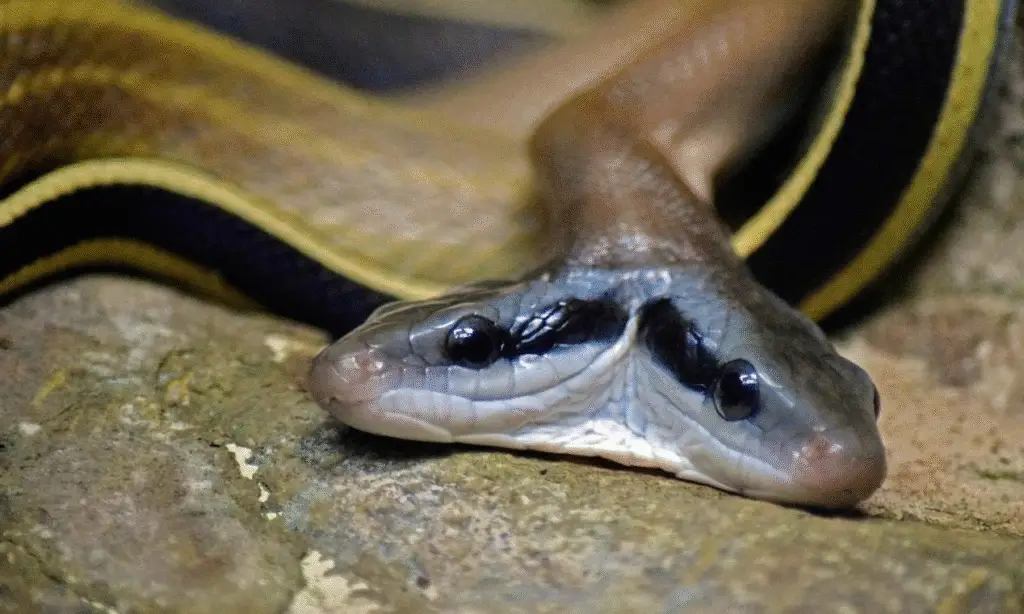Icelandic Horse vs Regular Horse: A Detailed Comparison Guide

A Viking Legacy Meets Modern Equine Charm
Imagine trotting through Iceland’s lava fields on a horse that moves so smoothly you could sip coffee without spilling a drop.
That’s the magic of the Icelandic horse, a breed steeped in Viking history and rugged adaptability.
But what makes these compact, fluffy-maned equines so different from the “normal” horses we see in stables worldwide? Let’s gallop through the details.
Origins: From Viking Ships to Volcanic Shores

The Icelandic horse’s story begins over 1,000 years ago, when Norse settlers hauled their sturdiest steeds across the North Atlantic to colonize Iceland.
These Viking-era horses, ancestors of today’s breed, were survivalists—evolving in isolation to endure icy winters and volcanic terrain.
Fast-forward to today, and strict laws still bar any foreign horses from entering Iceland, preserving their genetic purity.
Compare that to “normal” horses—a term covering breeds like Thoroughbreds or Arabians—which have mingled globally for centuries.
“They’ve been here so long, they’re woven into everything Icelandic,” says photographer Rebekka Guðleifsdóttir, who calls them a source of national pride.
Size and Build: Small but Mighty

Don’t let their height fool you. Icelandic horses stand just 13–14 hands tall (52–56 inches), technically pony-sized, but locals bristle at the “pony” label.
“They’re horses,” insists breeder Baldur Eiðsson, noting their surprising strength—they can carry adults effortlessly despite weighing 730–840 lbs.
Normal horses, by contrast, vary wildly. A Shire horse might tower at 17 hands (68 inches) and weigh over 2,200 lbs, while a lean Arabian mirrors the Icelandic’s compactness but lacks its signature fluff.
The Gait Game: Five Speeds of Smoothness
Here’s where the Icelandic horse truly shines. While most horses stick to walk, trot, and canter, Icelandics add two showstopping gaits: the tölt, a buttery-smooth four-beat glide, and the flying pace, a two-beat “fifth gear” used for racing.
“It’s like riding a cloud,” laughs German tourist Annabelle Loch, who tried the tölt during a riding tour.
Normal horses? Only gaited breeds like Tennessee Walkers offer similar smoothness, but even they can’t match the Icelandic’s genetic knack for five natural gaits.
Temperament: Friendly Vikings
Icelandic horses are the golden retrievers of the equine world—curious, gentle, and eager to please.
Centuries without predators stripped them of the “fight or flight” instinct, making them ideal for beginners.
“Kids can handle them, but they’ve got spirit too,” says trainer Rósa Birna Þorvaldsdóttir.
Normal horses vary: Thoroughbreds are high-strung racehorses, while Quarter Horses are calm workhorses.
But few match the Icelandic’s blend of independence and friendliness.
Survivalist DNA: Built for Ice and Fire

Iceland’s moody climate—arctic blizzards, geothermal springs, jagged lava fields—demands resilience.
Icelandic horses deliver, thanks to a double winter coat so thick it’s “like wearing a heated blanket,” says geneticist Freyja Imsland.
Their sturdy legs and sure-footedness let them navigate terrain that would trip bulkier breeds.
Normal horses? They’d need serious layering. While Mongolian horses thrive in cold, and Arabians in heat, few breeds handle such extremes without human help.
Cultural Icons: More Than Just Horses
In Iceland, these animals are celebrities. Annual events like the Laufskálarétt horse roundup draw thousands to watch herds thunder across rivers, followed by raucous parties with “Viking beers” and folk songs.
They’re even tied to Norse myths—legend says Odin’s eight-legged steed, Sleipnir, inspired their agility.
Tourists flock to riding tours, eager to tölt past glaciers. “It’s not just a ride; it’s connecting to Iceland’s soul,” says guide Þórdís Anna Gylfadóttir.
Purebred Politics: No Passports Allowed
Iceland’s strict no-import law isn’t just about pride—it’s practical. A single foreign disease could devastate the isolated population.
Once an Icelandic horse leaves the country, it can never return, a rule that’s kept the breed pristine since the 10th century.
This contrasts sharply with normal horses, which are crossbred freely. But purity has perks: Icelandic horses boast over 40 coat colors, from glittering silver dapples to a recent discovery—ýruskjóttur, a speckled pattern caused by a one-of-a-kind gene mutation.
Global Fanclub: From Competitions to TikTok
Though deeply Icelandic, these horses have gone global. The FEIF World Championship showcases their gaits every two years, while social media buzzes with videos of their fluffy manes and toddler-friendly demeanors.
“They’re like the supermodels of horses,” jokes enthusiast Marko Mazeland.
Yet, their small size doesn’t limit them. They excel in endurance races and even dressage, proving that “normal” is relative.
As Guðleifsdóttir says, “There’s something about them that just clicks with people, everywhere”.
Care and Keeping: Not Your Average Pony

Owners rave about their low-maintenance charm, but Icelandic horses have quirks. Their slow maturity—they’re not ridden until age 5—requires patience.
They also need room to roam, echoing their free-grazing summers in Iceland’s highlands.
And while their thick coat is a winter asset, it’s a sweaty liability during workouts. “Clipping their neck fluff is a summer must,” laughs breeder Eiðsson.
The Verdict? Uniquely Icelandic
Whether it’s their Viking roots, five-speed gaits, or llama-like fluff, Icelandic horses defy the “normal” label.
They’re a living legacy—a blend of history, utility, and sheer charm that’s as captivating as Iceland’s own landscapes.
So next time you see one, remember: this isn’t just a horse. It’s a thousand-year-old survivor with a flair for smooth moves.
































